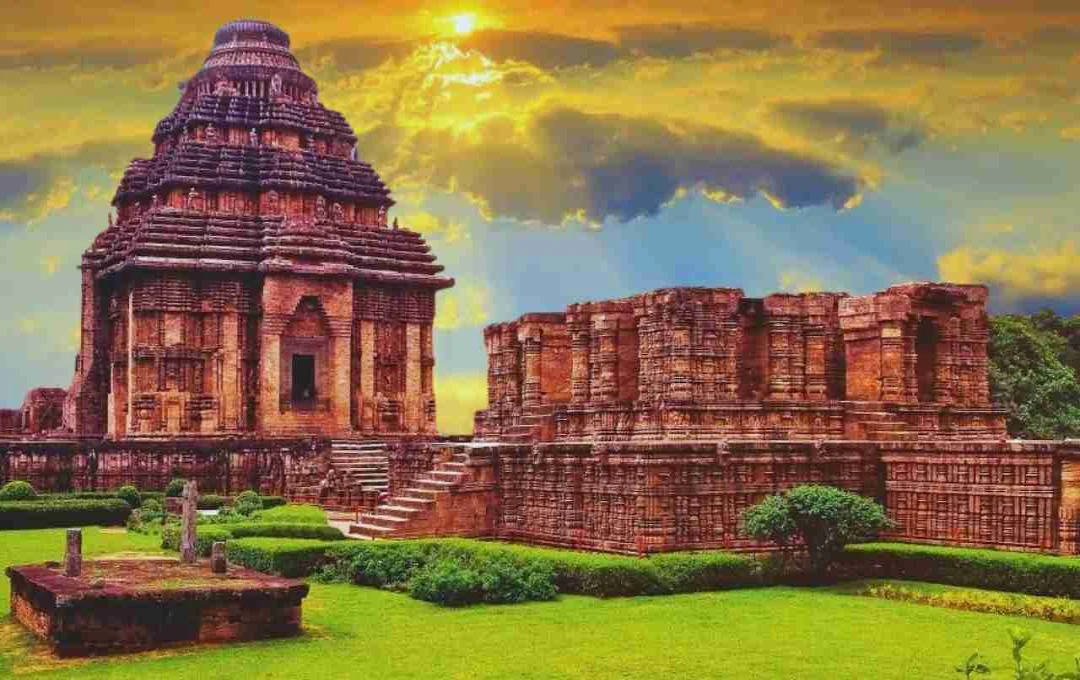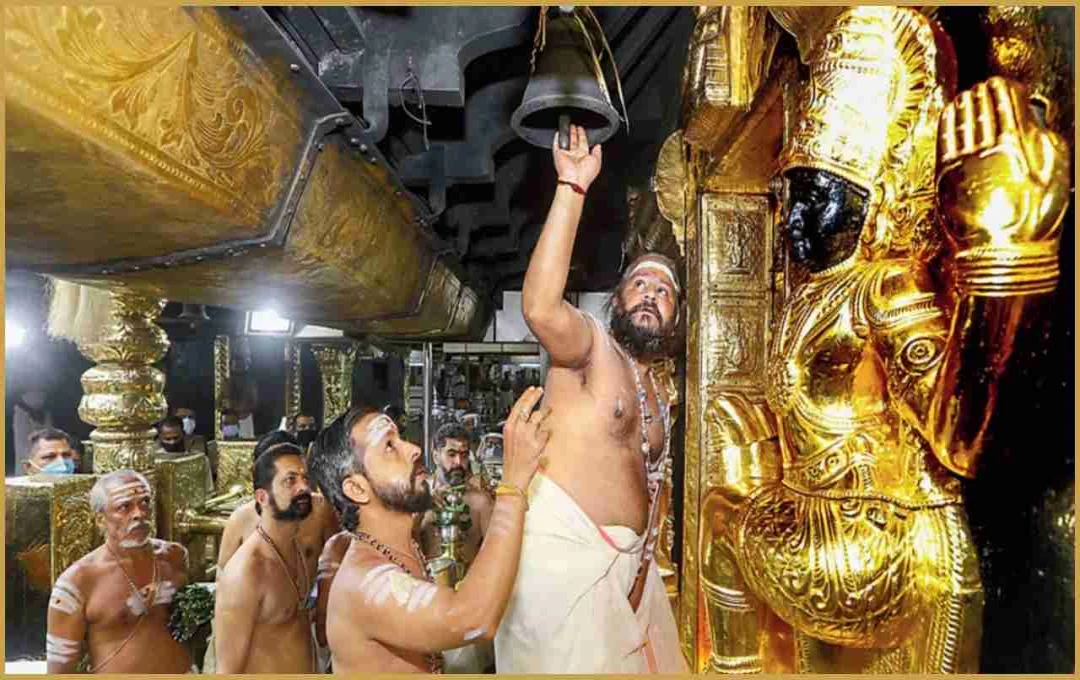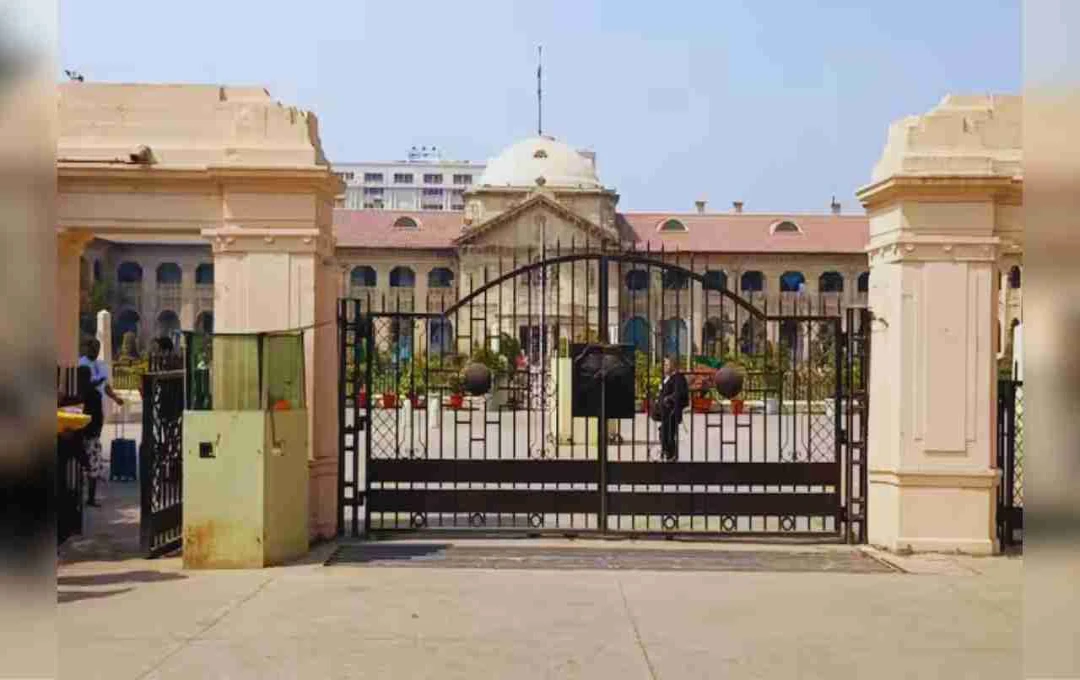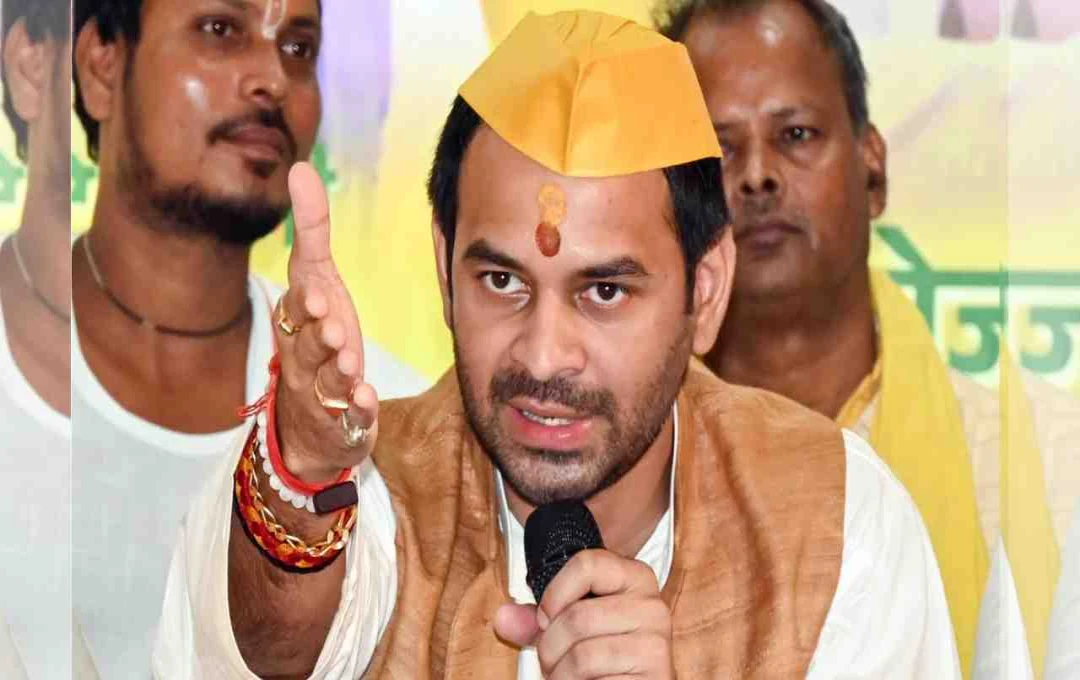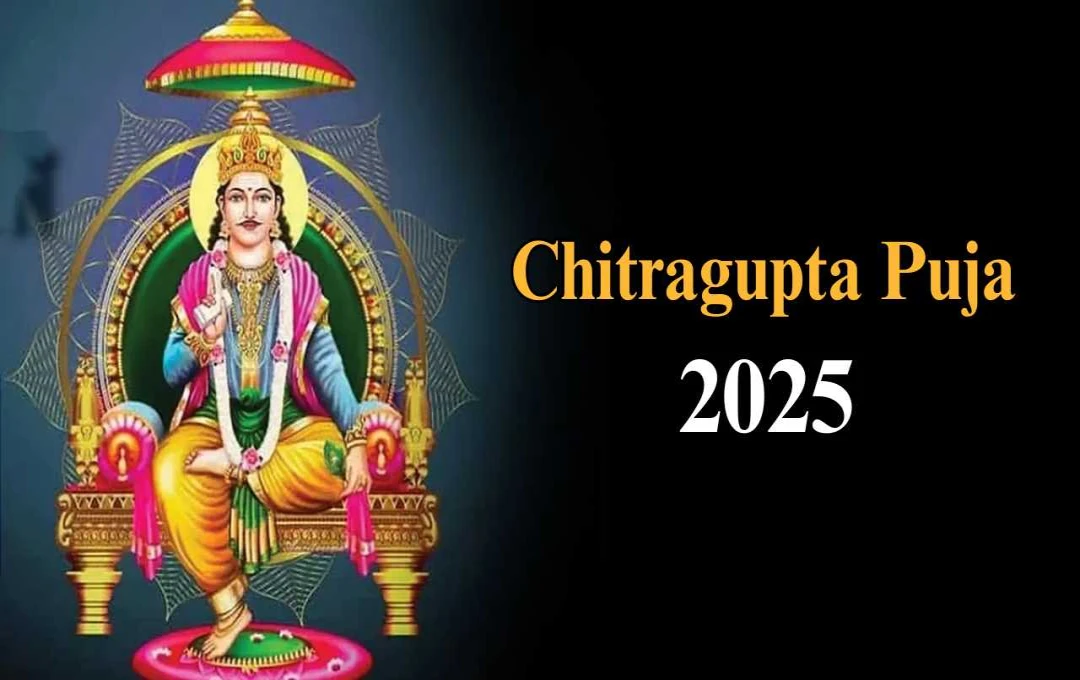On the historic land of India, numerous miraculous temples have astonished humanity with their architecture and spirituality. One of these is the Konark Sun Temple, located in the Puri district of Odisha state. This temple is not only a center of religious faith but also a symbol of Indian architecture, culture, and science. Dedicated to the Sun God, this magnificent temple is built in the form of a giant stone chariot, transcending the boundaries of time and still radiating its divinity today.
Geographical and Historical Perspective of the Temple
The Konark Temple is situated on the coast of the Bay of Bengal, approximately 35 kilometers northeast of Puri, Odisha. It was built in the 13th century by King Narasimhadeva I of the Eastern Ganga Dynasty. During that era, this region was of utmost importance from a trade and spiritual perspective. The name "Konark" is derived from the Sanskrit words Kona (angle) and Arka (sun), meaning—the angular abode of the sun.
Uniqueness of Architecture: When Stones Begin to Speak
The Konark Temple is designed as a massive chariot, symbolizing the chariot of the Sun God. It has 24 magnificent stone wheels, each approximately 9 feet in diameter, and is drawn by 7 horses. These wheels are not only decorative but were also used as sundials. The architectural style of the temple is based on Kalinga architecture, which is the traditional temple style of Odisha. The craftsmanship and carvings are so intricate and vibrant that it seems as if the scenes are not carved in stone but etched in a narrative.
Sculpture: A Vivid Depiction of the Diversity of Life
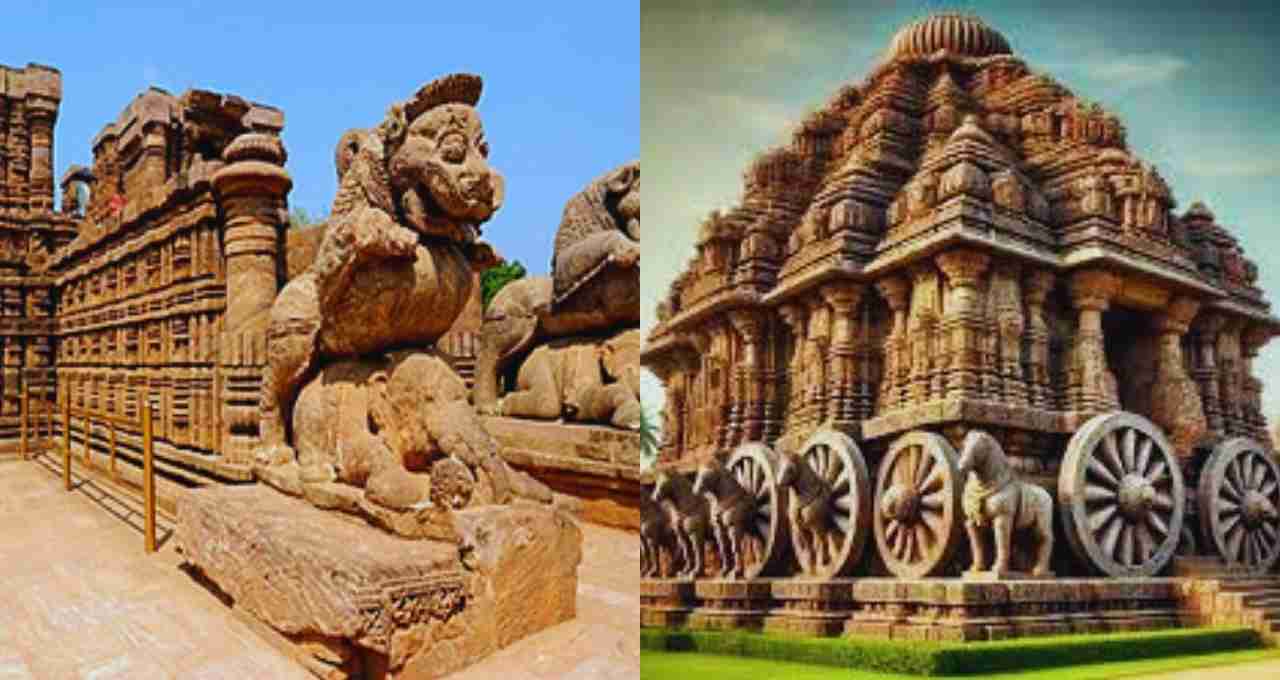
The sculptures and figures carved on the walls of the Konark Temple depict every aspect of life. These include religious deities, musicians, dancers, animals, birds, scenes from folk life, and erotic Mithuna sculptures. Their presence is not merely for aesthetic enhancement but also to convey that religion, art, science, and life are interconnected. Several tantric interpretations are given regarding these erotic sculptures, but the main objective was to accept every aspect of human life, not to deny it.
Decline and Mystery: Why Did the Sun's Chariot Break Down?
The original sanctum sanctorum and the massive tower of the Konark Temple are now in ruins. Historians still disagree on the reasons for this. Some believe it was destroyed due to natural disasters, while others believe it was deliberately destroyed during Muslim invasions. In the 17th century, European sailors called it the "Black Pagoda" because its color and enormous size were visible from afar in the sea. It was once used for maritime guidance, while the Jagannath Temple in Puri was called the "White Pagoda."
Other Structures of the Temple Complex
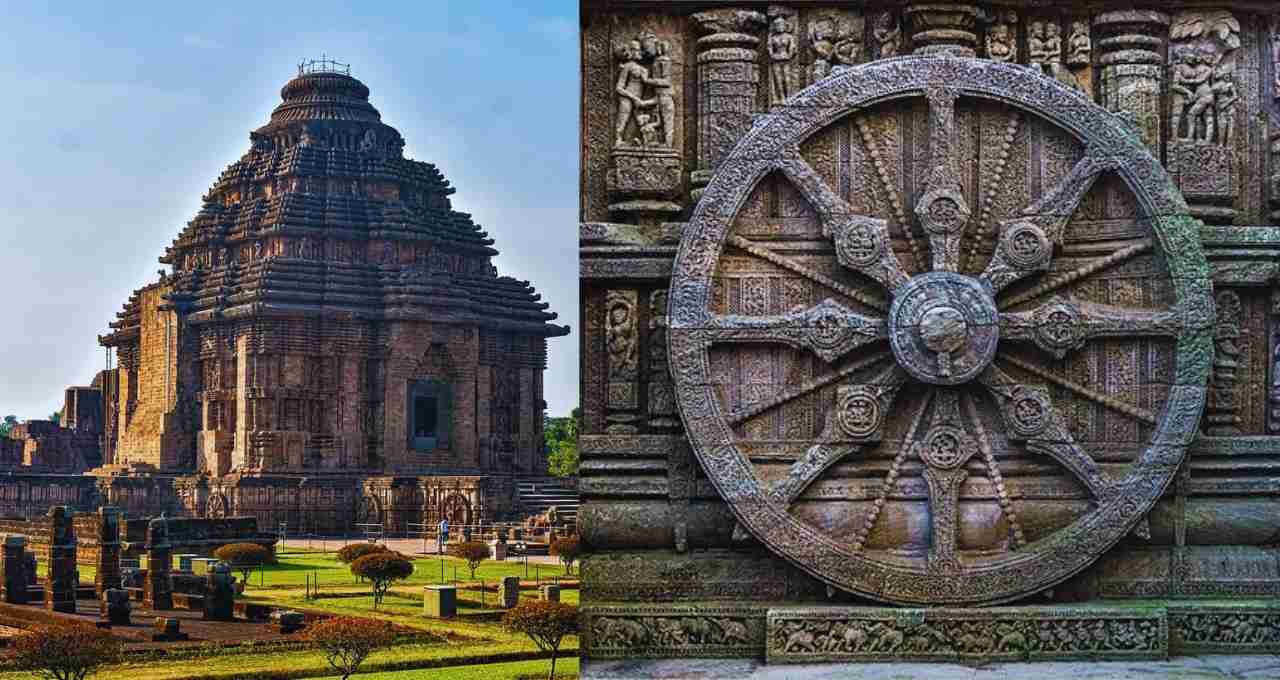
The Konark Temple was not just a building but a vast religious and cultural complex. Its major parts were:
- Nat Mandap (Dance Hall)
- Bhog Mandap (Dining Hall)
- Mayadevi Temple – considered to be the wife of the Sun God
- Vaishnav Temple – dedicated to various forms of Vishnu
Additionally, there were two wells, a kitchen, and several smaller temples, which must have been the center of religious and social activities.
Construction Materials and Technical Marvel
This temple was constructed using three types of stones—Khondalite, Laterite, and Chlorite. Khondalite is a stone that deteriorates more over time, causing damage to the structure of the temple. Surprisingly, these stones were brought from many kilometers away, and joined so skillfully that the joints are not visible. The architecture and craftsmanship used in this construction are unique. The sun's rays used to fall directly on the main entrance of the temple, which makes it clear that the temple was also based on the principles of solar calculations.
Konark Today: Heritage, Preservation, and Inspiration
Today, the Konark Temple is a UNESCO World Heritage Site and is protected by the Archaeological Survey of India (ASI). It has become a symbol of Indian cultural pride and is also depicted on the Indian ₹10 note. Every year, the Konark Dance Festival is organized here, where artists from across the country and abroad present classical dances. This temple is not only a religious site but also a grand living school of Indian architecture, science, art, music, and culture.
The Konark Sun Temple is not just a building but a mirror of the soul of India. The figures carved on its walls, its architectural style, and its mysterious story make every Indian proud. This temple tells us that when religion, science, and art meet, history is created.
